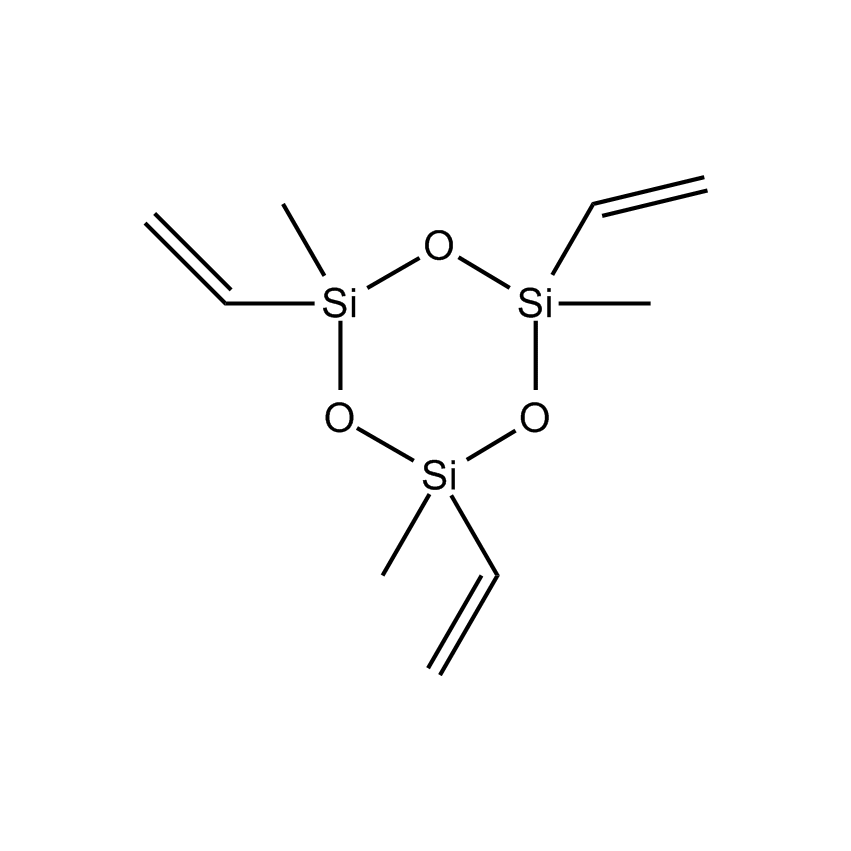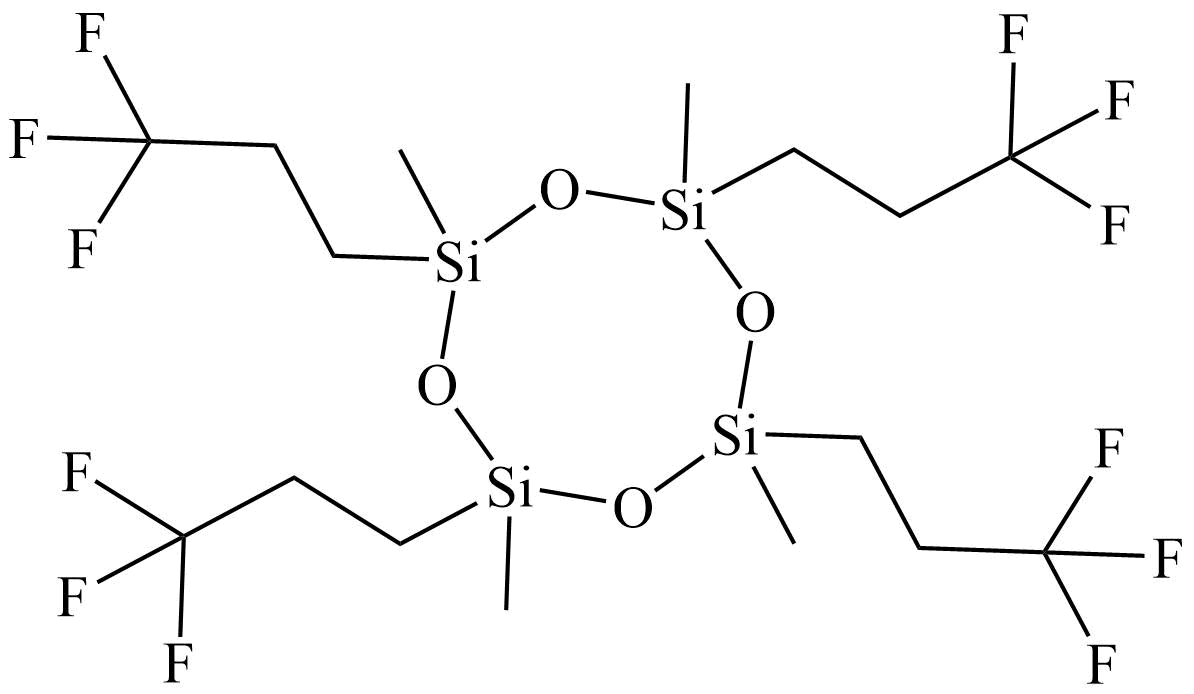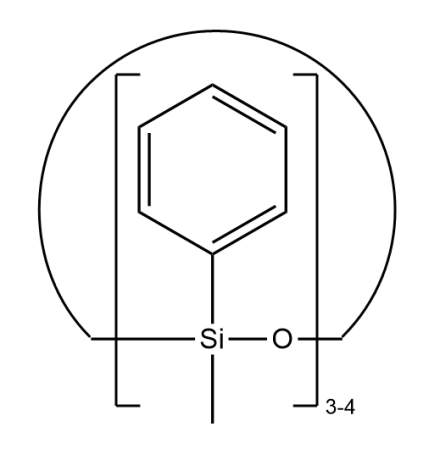Additional Properties
- Einecs Number 223-458-5
- HMIS 2-1-0-X
- Molecular Formula C9H18O3Si3
- Molecular Weight (g/mol) 258.50
- Purity (%) 97%
- TSCA Yes
- Boiling Point (˚C/mmHg) 80/20
- Density (g/mL) 0.9669
- Refractive Index @ 20˚C 1.4215
Application
Reagent for vinylations via cross-coupling protocols.1,2
Reference
1. Denmark, S. E.; Wang, Z. J. Organomet. Chem. 2001, 624, 372.
2. Denmark, S. E.; Butler, C. R. J. Am. Chem. Soc. 2008, 130, 3690.
Safety
Alkenylsilane Cross-Coupling Agent
The cross-coupling reaction is a highly useful methodology for the formation of carbon-carbon bonds. It involves two reagents, with one typically being a suitable organometallic reagent - the nucleophile - and the other a suitable organic substrate, normally an unsaturated halide, tosylate or similar - the electrophile.
1,3,5-Trivinyl-1,3,5-trimethylcyclotrisiloxane; D’3; Trimethyltrivinylcyclotrisiloxane; Trivinyltrimethylcyclotrisiloxane; 2,4,6-Trimethyl-2,4,6-trivinylcyclotrisiloxane
Silicon Chemistry, Articles
Hatanaka and Hiyama first reported the palladium-catalyzed, fluoride-promoted reaction of aryl, alkenyl, allyl, and ethynyltrimethylsilanes with aryl, vinil and allyl halides to form the respective cross-coupled products



